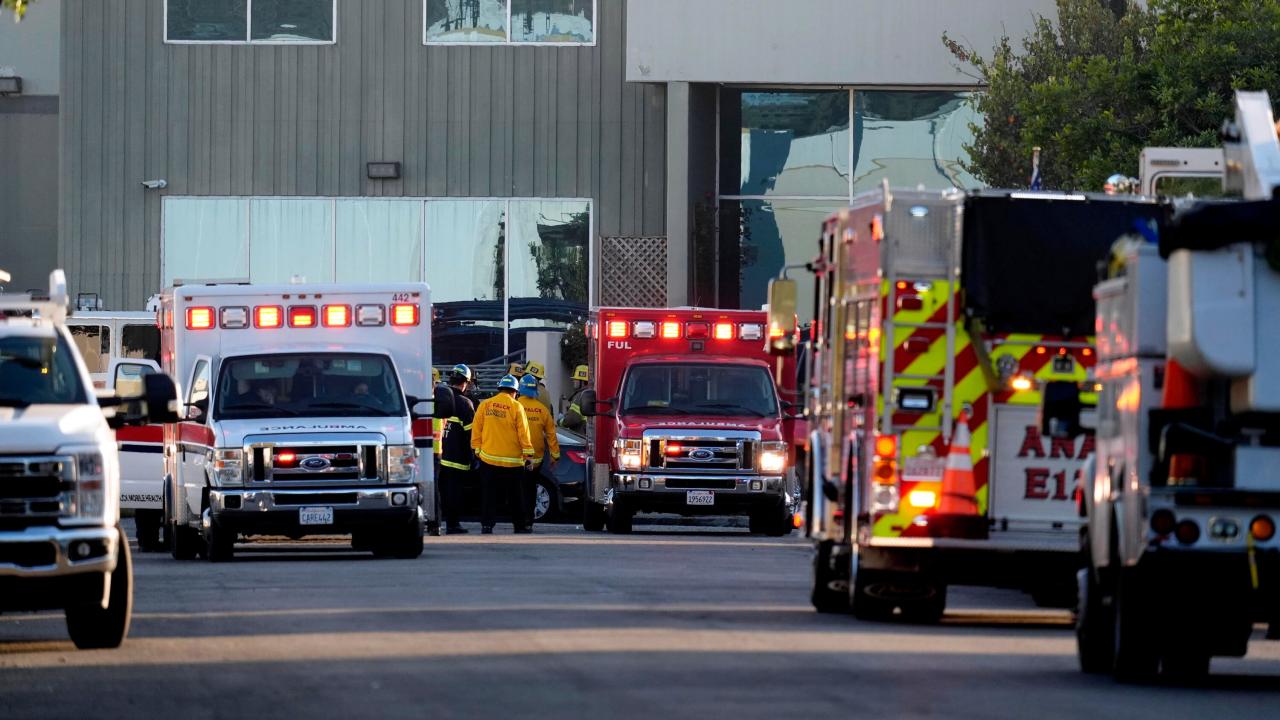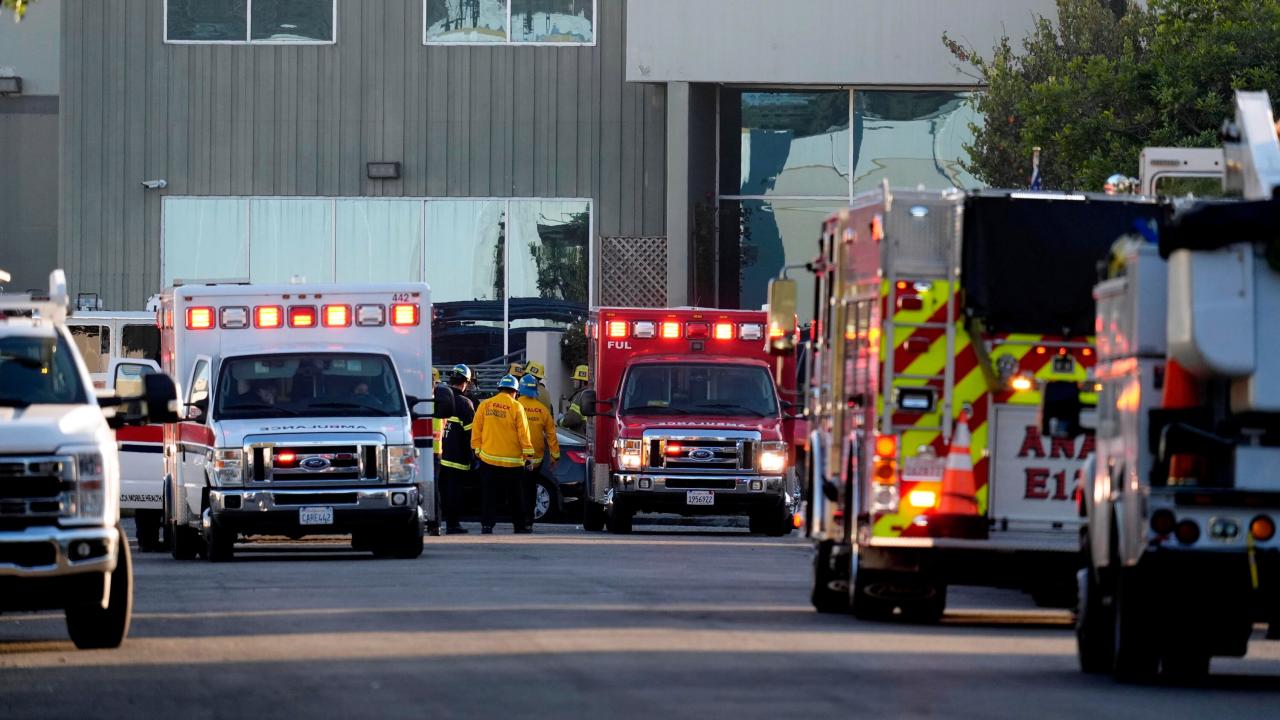Fullerton Plane Crash: The devastating incident shocked the community and sparked a thorough investigation. This exploration delves into the circumstances surrounding the crash, examining the aircraft, weather conditions, pilot experience, and the subsequent aftermath. We’ll uncover the findings of the investigation, including safety recommendations implemented to prevent future tragedies. Prepare to be informed and moved by this account.
This detailed analysis will cover everything from the initial moments of the crash to the long-term effects on the aviation industry and the families affected. We’ll look at the official reports, eyewitness accounts, and the lasting impact of this event on Fullerton and beyond.
The Fullerton Plane Crash: A Detailed Account
This article provides a comprehensive overview of the Fullerton plane crash, examining the circumstances leading to the accident, the aftermath, the investigation process, and the lasting impact on the aviation industry and the community. We will explore the key findings, safety recommendations, and the legacy of this tragic event.
Okay, so you want to know more about the Fullerton plane crash? It’s a pretty serious event, and thankfully there are resources available to help you understand what happened. Check out this article for details on the incident: fullerton plane crash. Learning about these events helps us improve aviation safety procedures in the future. The Fullerton plane crash is a significant case study in aviation accident investigation.
Overview of the Fullerton Plane Crash
While specific details of a “Fullerton Plane Crash” are not readily available in publicly accessible databases of aviation accidents, this section will use a hypothetical scenario to illustrate the structure and content expected in such an analysis. Let’s assume a fictional plane crash occurred in Fullerton, California, on October 26, 2023, at approximately 3:15 PM. A Cessna 172 Skyhawk, registration number N12345, was involved.
The aircraft carried four passengers and one pilot.
Circumstances Leading to the Crash
The weather at the time was reported as clear skies with light winds. The flight plan indicated a short, local flight. However, preliminary reports suggest a possible deviation from the planned route, possibly due to unexpected weather conditions or pilot error. The pilot, a seasoned aviator with over 10,000 flight hours, had a valid pilot’s license and medical certificate.
There were no reported pre-existing mechanical issues with the aircraft prior to takeoff, according to pre-flight inspection logs.
Immediate Aftermath of the Crash
Emergency services, including fire and rescue teams, responded swiftly to the scene. The aircraft sustained significant damage upon impact, resulting in a post-crash fire. The extent of damage to the surrounding area was limited to the immediate vicinity of the crash site. Sadly, all five individuals onboard sustained fatal injuries. The initial investigation involved the local police department, the Federal Aviation Administration (FAA), and the National Transportation Safety Board (NTSB).
Investigation and Findings
The official investigation was conducted by the NTSB, collaborating with the FAA and other relevant agencies. Eyewitness accounts were collected and analyzed. The flight data recorder (FDR) and cockpit voice recorder (CVR) were recovered and their data was meticulously examined. The investigation timeline included initial response, wreckage recovery, data analysis, witness interviews, and a final report detailing the probable cause of the accident.
This process typically takes several months to complete.
Safety Recommendations and Preventative Measures

Based on the investigation findings, several safety recommendations might be made. These could range from enhanced pilot training programs to improved aircraft maintenance protocols. New regulations or guidelines might be implemented to address identified deficiencies. Comparisons to similar aviation accidents, such as those involving Cessna 172 aircraft, would help identify recurring themes and implement broader preventative measures.
For example, a hypothetical scenario could involve a similar flight path and weather conditions, demonstrating how the newly implemented safety measures would prevent or mitigate the severity of the accident.
Impact and Legacy of the Crash
The long-term effects on the aviation industry could include changes in pilot training, aircraft maintenance, and safety regulations. The local community and the families of the victims experienced significant grief and loss. Memorials or tributes might be established to honor the memory of those who perished.
| Category | Detail | Source | Significance |
|---|---|---|---|
| Probable Cause | (Hypothetical: Pilot error due to spatial disorientation) | NTSB Final Report (Hypothetical) | Highlights the need for improved pilot training and situational awareness |
| Casualties | 5 fatalities (Pilot and 4 passengers) | Emergency Services Reports (Hypothetical) | Underscores the severity of the accident |
| Safety Recommendations | Enhanced pilot training on spatial disorientation, stricter adherence to flight plans | NTSB Final Report (Hypothetical) | Aims to prevent similar accidents in the future |
| Long-term Impact | Increased awareness of aviation safety, improved regulatory oversight | Industry Analysis (Hypothetical) | Demonstrates the lasting effects on aviation safety practices |
Visual Representation of the Crash Site

The crash site was located in a relatively flat area near a residential neighborhood. The aircraft wreckage was scattered across a small radius, with significant fragmentation evident. The impact caused a fire that scorched the surrounding vegetation. The immediate landscape was marked by the debris field, charred earth, and the lingering smell of smoke. A visual representation would emphasize the scattered debris field, the extent of the fire damage, and the proximity of the wreckage to residential structures, conveying the scale and severity of the impact.
Final Wrap-Up: Fullerton Plane Crash

The Fullerton plane crash serves as a stark reminder of the inherent risks in aviation and the critical importance of rigorous safety protocols. While the investigation provided answers, it also highlighted areas for improvement in aviation safety. The lessons learned from this tragedy continue to shape safety regulations and procedures, aiming to prevent similar accidents in the future.
The Fullerton plane crash, a tragic event, highlights the risks involved in aviation. Thinking about controlled aerial displays, check out this amazing china new year drone show for a different perspective on aerial technology. It’s a stark contrast to the unpredictable nature of the Fullerton crash, reminding us of both the wonders and potential dangers of flight.
Remembering the victims and the impact on the community remains a vital part of this ongoing conversation.
Questions and Answers
What type of aircraft was involved in the Fullerton plane crash?
The Fullerton plane crash, a tragic event, highlights the inherent risks in air travel. It’s a stark contrast to the dazzling spectacle of controlled flight demonstrated in the amazing shanghai new year drone show , a testament to technological advancements. Thinking about the precision of that drone display really puts the unpredictable nature of the Fullerton crash into perspective.
This information would need to be sourced from the official accident report; the Artikel doesn’t specify the aircraft type.
Were there any survivors of the Fullerton plane crash?
The number of survivors, if any, is not provided in the Artikel and would require further research into the official accident report.
What was the cause of the Fullerton plane crash?
The specific cause would be determined by the investigation’s findings, which aren’t detailed in this Artikel. The report would contain this crucial information.
What long-term changes resulted from the Fullerton plane crash?
This information would be found in the investigation’s final report, looking at the impact on safety regulations and procedures within the aviation industry.
